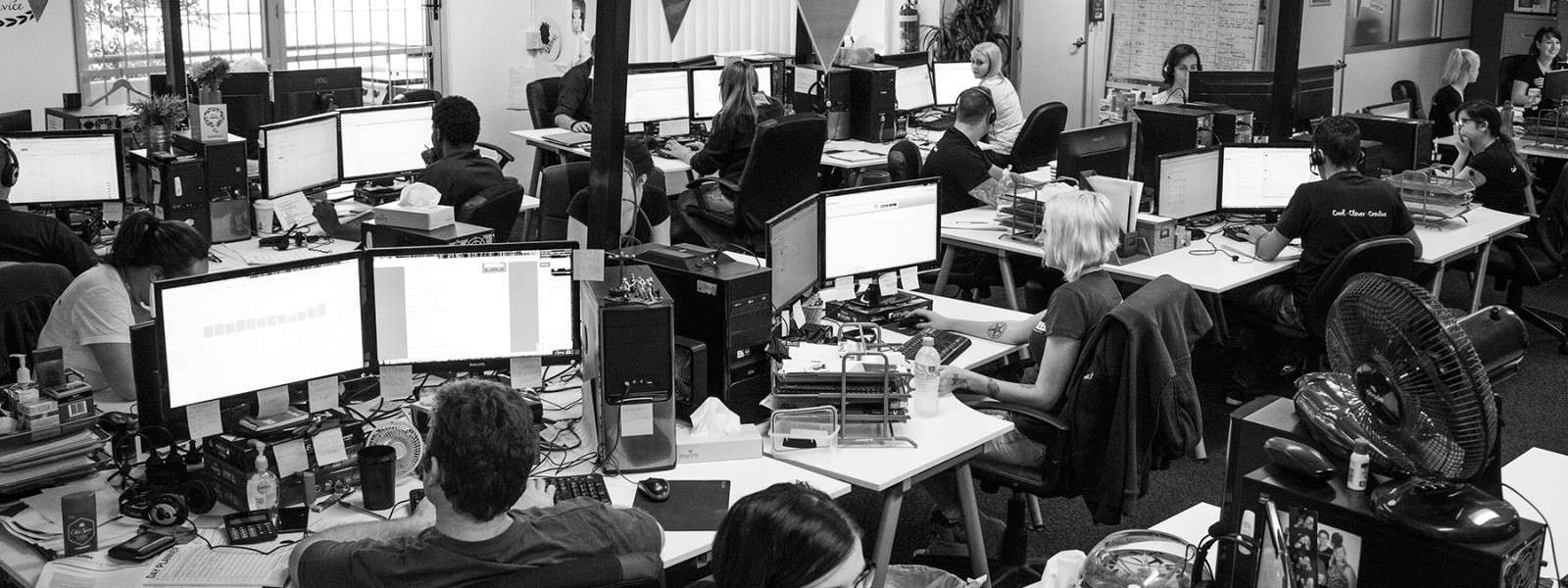-
Traffic
Get More Traffic
SponsoredLinX offers a number of different services to help drive more qualified traffic to your website. Google Ads Management Search Engine Optimisation Microsoft Ads Facebook Advertising Google Ads Mobile“SponsoredLinX are a rarity in today’s market place, they promise a lot but deliver more. Our business has grown by over 400% in one month; we are amazed at the difference they have made.”
-
Conversion
Convert More Leads
Our second step is making sure that your website is able to convert the traffic you receive into leads for your business. Optimising your website to convert more leads is important to a profitable campaign. Web Development Convertopages Do It For Me eCommerce Social Media Posts“I just want to say thank you! The changes that you have applied in our AdWords campaign have definitely seen an improvement on click quality and sales for HippityHop.”
-
Retention
Retain Your Customers
As you build up a customer base you need to make sure to keep engaged and retain your relationship. LinX App“SponsoredLinX fully redesigned our main company website with a fresh, clean and professional look. The ‘Google friendly’ web design were part of the fantastic ongoing service we received.”

Planning For A Successful SEO Campaign
Seasonal strategies for your business
Christmas is now a far off memory and like all business owners should be, the focus is on the future and the rest of 2016. When owning a business, it is important to identify specific dates and trends in the market that will affect your business performance. As an SEO Campaign Manager, this is something I am careful to research with my clients in order to plan the most effective campaign for their business and growth.
SEO as a form of digital marketing is not an overnight process; it takes weeks of planning, research and quality content writing to ensure that we are targeting the most relevant keywords for a business. This is all before we have even done work on the website. Once the onsite optimisation is completed and SEO content applied it is over to Google to cache the website in its newest state. All going well, it can be up to 10 weeks or approximately four to five Google caches before you will see a result of the onsite work and get an idea of where further improvements are needed in order to get more exposure and Google authority for the targeted area of your SEO campaign. Even then the products or services keywords you want to attract more traffic for may not have your website on the first page of Google.
With a full understanding of the results achieved from the onsite optimisation and SEO content, we can then see where further improvements are required. The required work may be a carefully executed back linking campaign or more SEO content; it all depends on the desired results. If back linking or more SEO content is the option taken, then it will be an additional 10 weeks or so to see a result of that work.

You can begin to see why planning and scheduling your SEO campaign is so crucial to not only making the most of seasonal and topical trends, but the very nature of the work entailed in an SEO campaign demands it.
So, when should you be planning your SEO campaign work and what it is targeting?
It is a good idea to consider what your target audience is doing in approximately six months’ time. For example, if you were a clothing shop you would want to be planning in early summer for your winter marketing campaigns. This time range would give you enough time to research keywords, their competitiveness as well as approximate traffic expectations. This is not an unrealistic expectation given that most fashion businesses see range showings for seasonal fashion drops 6 – 8 months prior to release.
The next step would then be to have quality, relevant content written targeting these keywords, and then apply the content to your website along with onsite optimisation. Closely monitor whether Googlebot has cached the content and website in its new state and what fluctuations occur to the keyword Google ranking positions. If you find after 4 – 5 Google caches that more work is needed then you still have some time up your sleeve in order to plan and execute this.
Why does it take 4 – 5 Google caches to see the result of recent SEO work?
It is Googlebot’s job to cache your website. Not every website is the same; some are easier than others to cache. Depending on your websites CMS (Content Management System) depends on what ability you have to simplify this for Googlebot. On average your website will be cached by Google once a fortnight or so along with every other website on the internet. By caching your website and others it is comparing each individual site for thousands of different factors which are part of the Google’s algorithms. For example, if your website lacks information or is difficult to cache, then you will have a lower overall authority than those sites that are simple to cache. Google also may not find all of the new content on the first cache after it is implemented and therefore you need to wait another couple of weeks.
In saying this, Google doesn’t necessarily cache every page of your website on the same day and will sometimes cache other pages in another day or so. You will notice when tracking the keyword ranking positions that they fluctuate back and forth each time Google caches each page. On average we see these fluctuations stabilise after around 4 – 5 caches, each approximately a fortnight apart, giving an indication of what was achieved.
What if you don’t know when your businesses high season is?
It’s not unusual for business owners not to know exactly when their high season is or haven’t put two and two together to identify a trend. I like to recommend taking a step back and keeping it simple. For example, your business sells office furniture which you at first you wouldn’t imagine there is a high or low season. Simplify this by looking at what you are doing during important dates in the year such as Christmas Holidays, Easter Holidays, and the End of Financial Year. What are your priorities at this time of year? An office furniture supplier is likely to find that their quieter period is over Christmas and their busier period during the couple of months prior to End of the Financial Year. During April, May and June businesses are trying get their expenditure up before tax time. Therefore, they are often investing in the likes of upgrading furniture and décor.
Another more accurate way of determining these trends can be through Google Analytics and looking through the likes of your Organic traffic visits. As long as the Google Analytics Account has been on the website for a couple of years, that is two years of data you can use to find where the most and least website visits are.
Putting the time into planning and scheduling your SEO campaigns requires organisation and research, but once it’s done and you have a framework, your campaigns are going to benefit from your early hard work. Let the SEO experts at SponsoredLinX help you plan and schedule your next SEO campaign. Call us on 1300 859 600.

